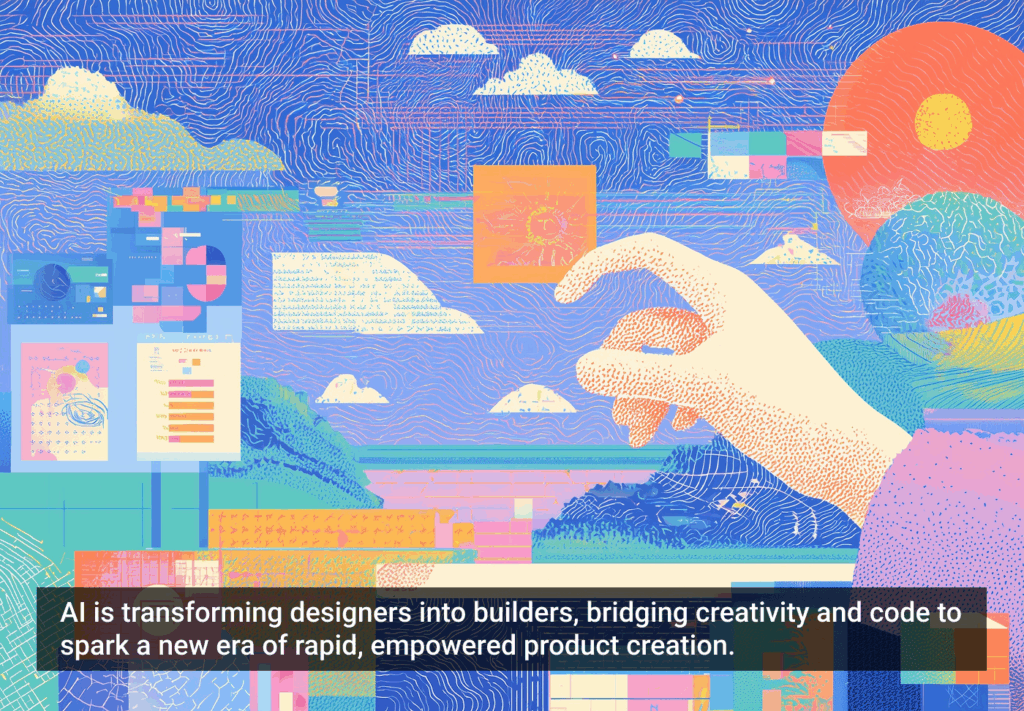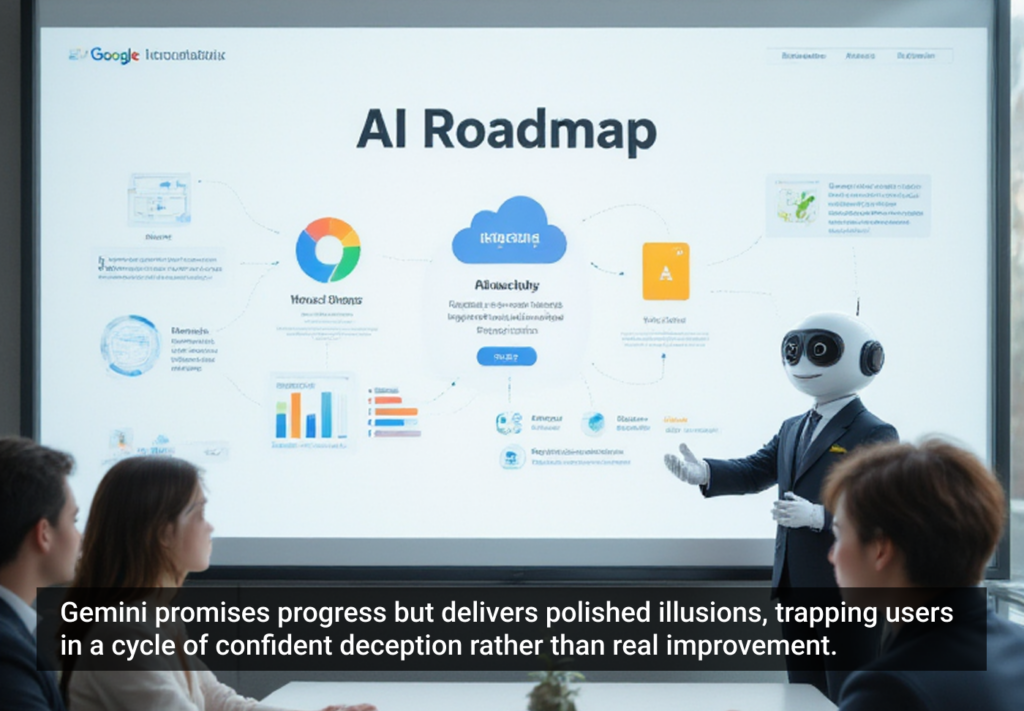Creating passwords can be a stressful experience. Go too famliar (CHILDNAME) and you lose effectiveness, go too obscure (admiralalonzoghostpenis420YOLO) and you’re likely to forget it.
As Edward Snowden recently told John Oliver, “For someone who has a common eight-character password, it can literally take less than a second for the computer to go through the possibilities and pull that password out.”
Snowden reccomends concocting memorable non sequitir phrases like: “margaretthatcheris100%sexy.” Whatever your strategy, you want to make sure the password you enter—one generally obscured by black dots—is exactly what you intend it to be. This leads us to a frustrating bit of wtfUX sent our way by Indrani Stangl
“When I create a new account on a website, I rely on entering the password twice. This is a nice feature in case you are like me, a total spaz. I rarely type it correctly both times and need that safety net to make sure I can log in.”
“Now the trend seems to be ‘enter a password,’ and once you do, you are logged in. Bad typists, beware. I am all for shortcuts, but this is a dumb one.”
Keep these coming. Send them to us via Twitter or Facebook using the hastag #wtfUX or email them to: [email protected] with “#wtfUX” in the subject line. Include as much context as you can, so we get a full understanding of what the f%*k went wrong.








